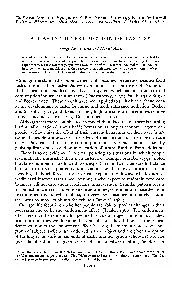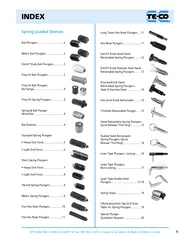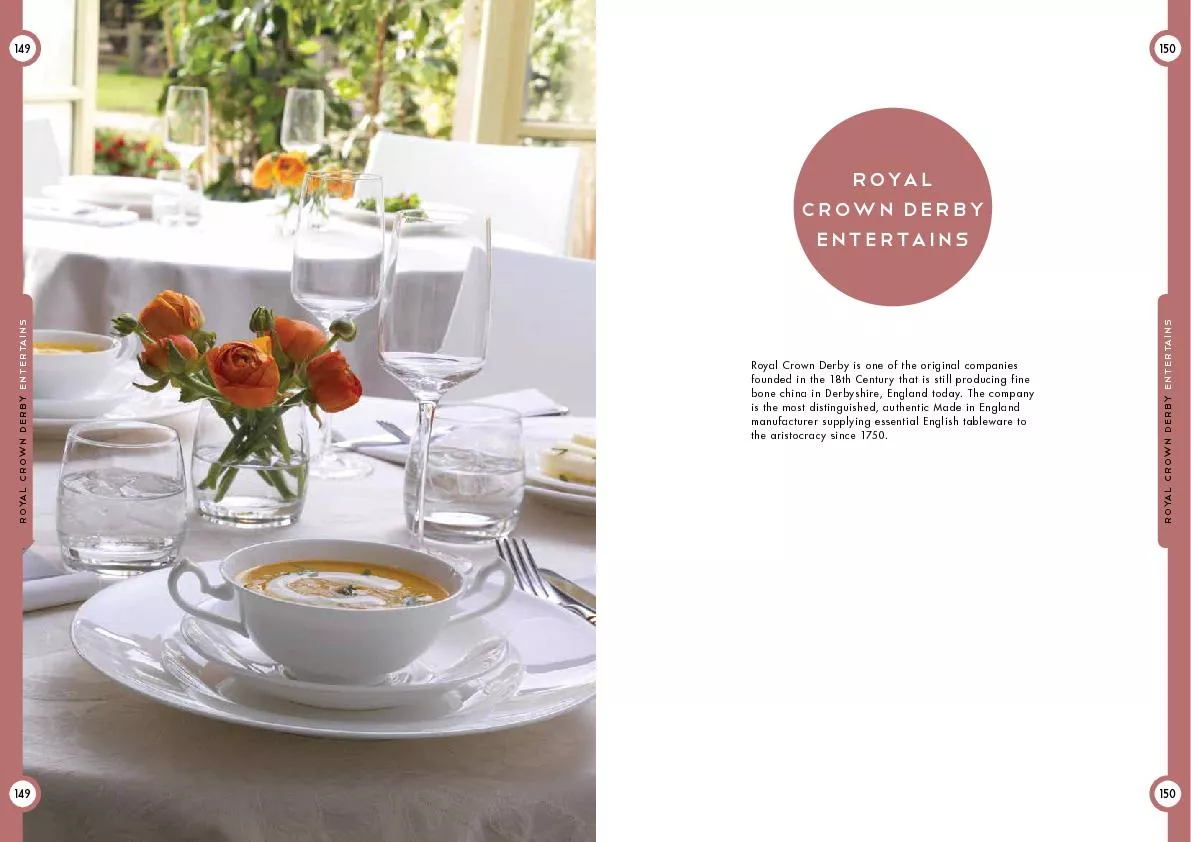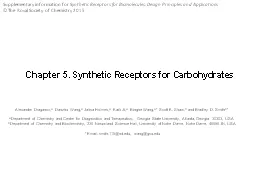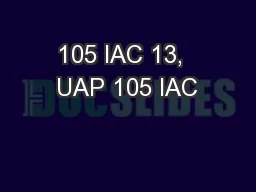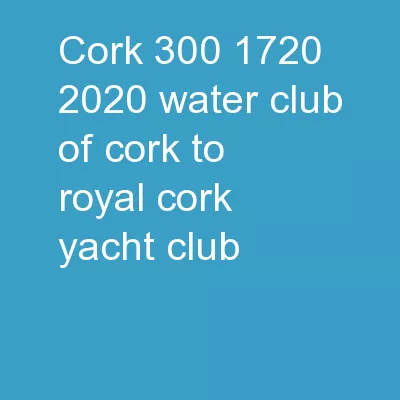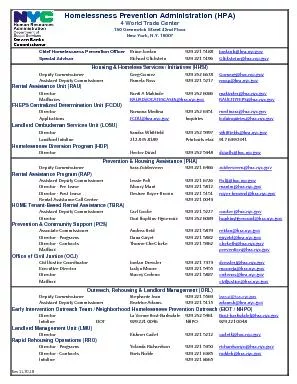PDF-The Economic Journal, 105 (July), 929-937. ? Royal Economic Society I9
Author : cheryl-pisano | Published Date : 2015-11-11
930 THE ECONOMIC JOURNAL JULY getting various amounts of cash Although the objective wealth position of the two groups is identical as are the choices they face
Presentation Embed Code
Download Presentation
Download Presentation The PPT/PDF document "The Economic Journal, 105 (July), 929-93..." is the property of its rightful owner. Permission is granted to download and print the materials on this website for personal, non-commercial use only, and to display it on your personal computer provided you do not modify the materials and that you retain all copyright notices contained in the materials. By downloading content from our website, you accept the terms of this agreement.
The Economic Journal, 105 (July), 929-937. ? Royal Economic Society I9: Transcript
Download Rules Of Document
"The Economic Journal, 105 (July), 929-937. ? Royal Economic Society I9"The content belongs to its owner. You may download and print it for personal use, without modification, and keep all copyright notices. By downloading, you agree to these terms.
Related Documents

